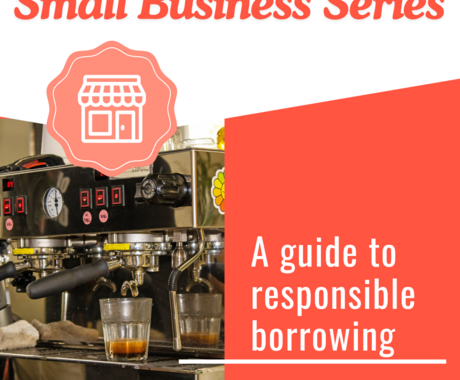Para la versión en español, oprima aquí.
Jessie Eby contributed to this blog.
When it comes to running a successful small business, providing a great product or service is only half the battle. Whether you’re selling handcrafted products, offering professional services, or running a local shop, knowing who your potential customers are—and how to reach them—can make all the difference in your business’s success.
What is a target market?
Think of your target market as a group of your ideal customers. These people likely have similar characteristics outside of being most likely to purchase your product or service. Identifying those characteristics can help you hone in on your target market.
If you’re already in business, it can be helpful to think about your five to 10 favorite customers. Consider their characteristics and think about why they spend their money with you. Those characteristics can help you define your target market.
Why is it important to identify your target market?
For small business owners, identifying a target market is helpful for several reasons.
- Saving time and money: Focus your efforts on people who are interested in your products or services, avoiding wasted resources.
- Improved customer engagement: When you understand your customers, you can create marketing messages that resonate with them, increasing loyalty and engagement.
- Competitive advantage: By identifying and targeting a specific market, you can stand out from competitors who may take a more generalized approach.
Finding your target market
Finding your target market doesn’t have to be complicated. You can begin with the simple elements: think geographic location and demographics (age, gender, and income). From there, you can drill down deeper and hone in on their psychographic identifiers, such as personality traits, lifestyle, and interests.
Here are some other approaches to help you further identify your target market.
- Market research: Conduct interviews or surveys to gather information about customer preferences and industry trends.
- Competitor analysis: Study your competitors. Who are they targeting? What are their marketing strategies?
- Analyze existing customers: Look for patterns among your current customers, such as demographics, buying behaviors, and preferences.
- Join community events: Participate in local networking or community events to meet potential customers and gain insights into their needs.
Your target market in your business plan
Once you’ve identified your target market, you can add it to the market analysis section of your business plan. Use this part of your business plan to highlight the unique benefits your business offers and connect them to your ideal customer. Go into detail here; describe your target market’s geographic reach and explain why these customers will choose you over your competition.
You’ve identified your target market. What comes next?
Now that you know who you’re targeting, the next step is to create a target marketing strategy. This involves tailoring your marketing messages to speak directly to your audience, choosing the right platforms to reach them, and designing visuals that appeal to their tastes.
Here’s a breakdown of the process:
- Craft tailored messages: Create marketing campaigns that speak directly to the interests and needs of your target market.
- Choose the right channels: Decide where your target audience spends their time—whether it’s social media, email newsletters, or local advertising—and focus your efforts there.
- Set goals: Establish measurable goals, such as increasing sales or improving customer engagement, to track the success of your strategy.
- Engage and evolve: Engage with your audience regularly and gather feedback to stay up-to-date on their evolving needs and preferences.
When you put in the work to identify your target market and develop a marketing strategy that speaks directly to them, you can build stronger customer relationships and differentiate yourself from your competitors. If it sounds overwhelming, we can help! Visit our Small Business Training and Resources page to access resources or connect with a lender.




